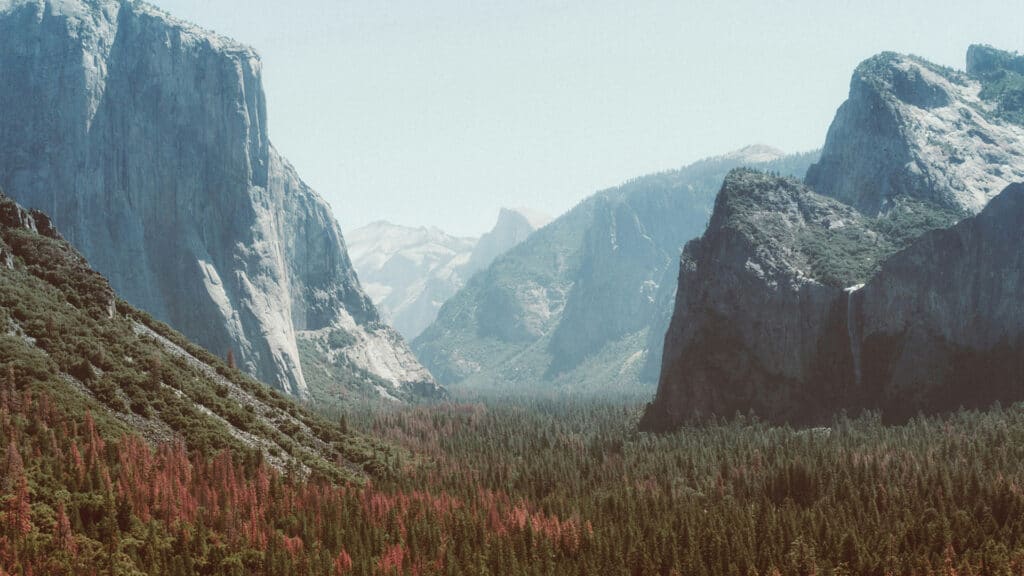
Starting Jan. 1, 2026, the U.S. Department of the Interior will raise entry fees for international tourists at many of the country’s most popular national parks. The agency says this new «resident-focused fee structure» is meant to keep park access affordable for U.S. citizens, according to CNN.
Under this plan, non-U.S. residents will pay $250 for the annual America the Beautiful pass, more than three times the $80 fee for U.S. residents. International visitors who do not buy the pass will also pay an extra $100 per person, in addition to standard entrance fees, at 11 major parks such as Yellowstone, Yosemite, the Grand Canyon and the Rocky Mountains.
Interior Secretary Doug Burgum said the new pricing is meant to reflect the financial support U.S. taxpayers already provide to the National Park System and to ensure foreign visitors also contribute to park maintenance and infrastructure.
This decision comes at a time when fewer international tourists are visiting U.S. parks. For example, Yellowstone’s share of international visitors dropped from about 30% in 2018 to 14.8% in 2024. The National Park Service is also still recovering from the country’s longest government shutdown, which left parks understaffed and caused an estimated $41 million in lost entrance and recreation fees.
The Interior Department also announced new plans for next year. These include several «resident-only» fee-free days on national holidays, a new reservation platform and expanded access for motorcyclists. Officials called these updates the biggest improvements to park access in decades.
Meanwhile, Istanbul — recently named the most desirable city in Europe by the Wanderlust Reader Travel Awards 2025 and one of the most visited cities in the world — has long applied additional fees for foreign visitors at its historic attractions. Local authorities argue that residents already contribute to the upkeep of these museums and monuments through their regular taxes.

